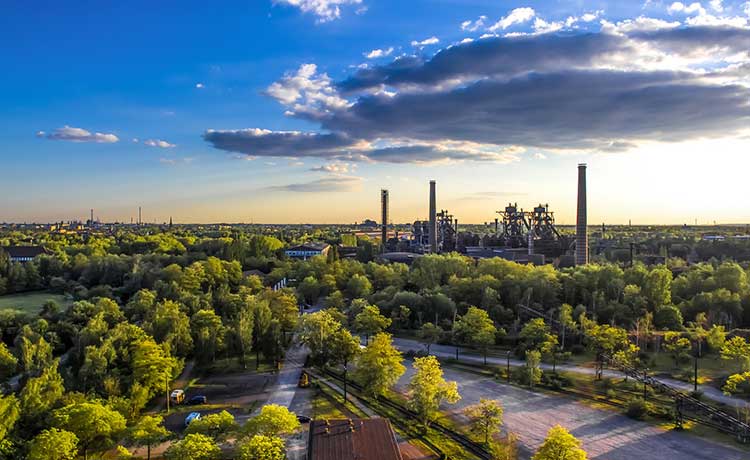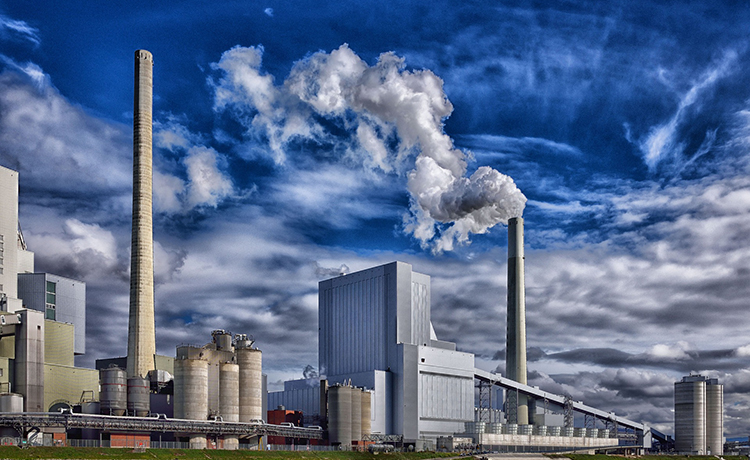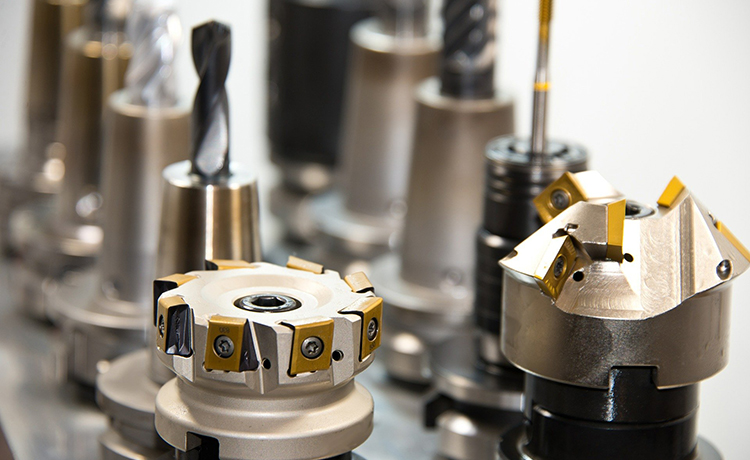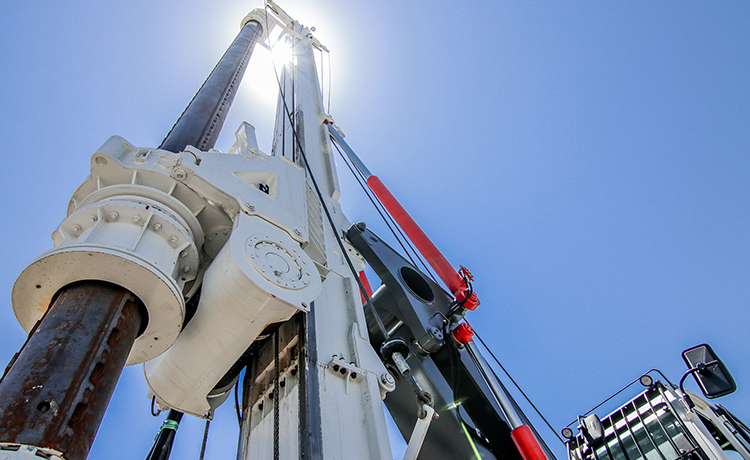Options for pollution control technologies vary, but did you know that a baghouse filter system can capture 99% or more of particles, even when the particle size is tiny. These types of dust collectors remove gas released during the commercial process. The baghouse is often the preferred filtration system, used by many industries including asphalt plants, steel mills, pharma plants, food production sites, chemical factories and more.
What is a Baghouse Filter?
The fabric filter, or baghouse filter, is an efficient air pollution control device that removes particulates released during commercial processes. The process became possible during the 1070s when special fabrics were invented that could withstand temperatures over 350 degrees fahrenheit, therefore allowing them to be used during the industrial process. These bag filters were created to help prevent harmful particles from entering the atmosphere and are now a top solution for many industrial complexes.
How Does a Baghouse Work?
Baghouses use large, long “bags,” more like tubes, made of tightly woven fabric to capture particles. Dust-filled air is pushed via hoppers through the fabric bags during the process. In some systems, an electrostatic charge is placed on the particles and/or the filter to capture even more dust. The particles are captured within the filter and removed before clean gas is emitted. Pressure drops, shaker mechanisms and compressed air can also be used during the process, depending on the need.
Will a Baghouse Filtration System Work for Me?
Contact us to find out how a baghouse or fabric filter can work for your needs. Our team of experts will create a system to work for you based on chemical composition, gas velocity, moisture levels, and other factors.





